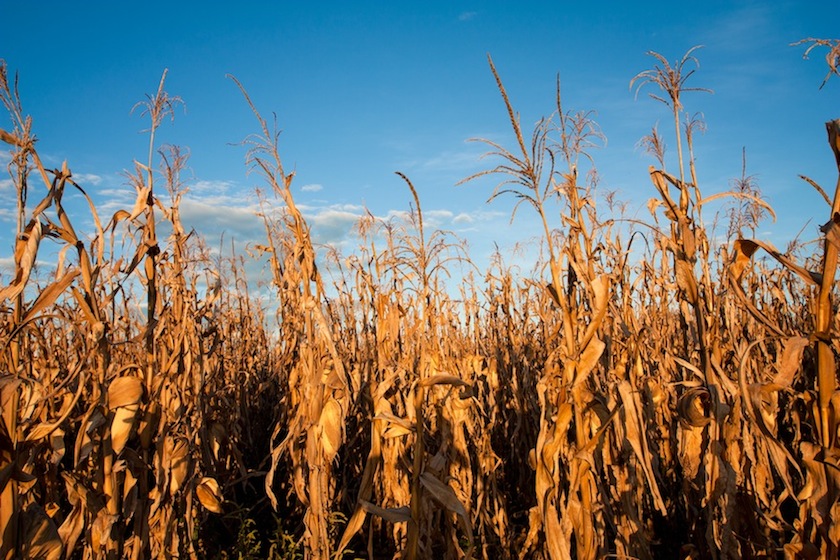





Are you an environmentally friendly vegetarian?

How Carbon Friendly Are You?
Take this quiz to find out!
Get Started!- Question 1 of 8
1. Do you check which country your food comes from?
That's great! Imported food often has a far higher carbon footprint! Most importantly check if your food has been air-freighted as this hikes up the carbon score even further
Follow these simple steps to reduce your food miles1.Always read the packaging to check where your food has come from.
2. food flown by plane is much worse for the environment than by boat,
in fact, even organic food is increasingly being flown from peru and other far flung countries!
3. Try to source local food from farmer's markets where possible (check the eat seasonably page!)
- Question 2 of 8
2. Do you buy frozen food?
Fantastic! While you're reducing your carbon footprint by excluding frozen food from your diet you are also doing your health a favour!
Go for the fresher option next time! Buying fresh produce is not only better for your health but also the world's. Frozen or cooled food takes much more energy during storage.
- Question 3 of 8
3. Are your dairy products organic?
That's great! While cutting out all dairy products is the most carbon friendly option, sticking to organic is the way to go. Cheese and milk in particular have lower carbon footprints when organic.
Try Organic next time! Organic dairy comes from cows who are rarely given antibiotics and are fed on a pesticide free diet. Not only does this reduce the carbon footprint of the dairy products but is better for your health.
- Question 4 of 8
4. How often do you eat potatoes?
Great! Potatoes are the most environmentally unfriendly vegetable there is- It takes 2.9kg of greenhouse gas to produce every kg of potatoes!
Reduce your Consumption! It takes 2.9kg of greenhouse gas to produce very kg of potatoes making them the most environmentally unfriendly vegetable around!
- Question 5 of 8
5. Do you try to reduce your palm oil consumption?
Great! Palm oil is one of the major destroyers of tropical rainforests. Go to our palm oil section for more details!
Check the packaging! Palm oil is one of the major drivers of deforestation and biodiversity loss in South East Asia
- Question 6 of 8
6. Do you eat a lot of Soy products?
Great! Many vegetarians turn to tofu and other soy products for protein, however soy is one of the major deforestation sources of Brazilian rainforests.
Reduce your soy intake! Soy is one of the major sources of deforestation in Brazilian rainforests. A high percentage of soy is used to feed livestock, however by consuming soy products you are still driving the industry.
- Question 7 of 8
7. Do you consider the carbon footprint of your wine before you buy it?
Great! Wines imported from overseas have a particularly high carbon footprint. Try to buy locally!
Here are some tips when buying wine: 1. Buy Local! wine is often bottled on location making it heavy to transport.
2. Buy Light! The heavier the wine the more carbon used for transport.
3. Buy wine which has a cork stopper. Glass and plastic stoppers are growing in popularity however cork remains the more environmentaly friendly option!
- Question 8 of 8
8. Do you eat eggs
Keep it up! Reducing egg consumption definately lowers your carbon footprint - For every kilogram of eggs consumed, 4.8 kg of greenhouse gases are produced.
Try to eat fewer eggs For every kilogram of eggs consumed, 4.8 kg of greenhouse gases are produced!
You Scored:
Ranking:
Learn More
Whatever your results there are always ways to continue reducing your carbon food footprint. Take a look around the site for extra tips!


